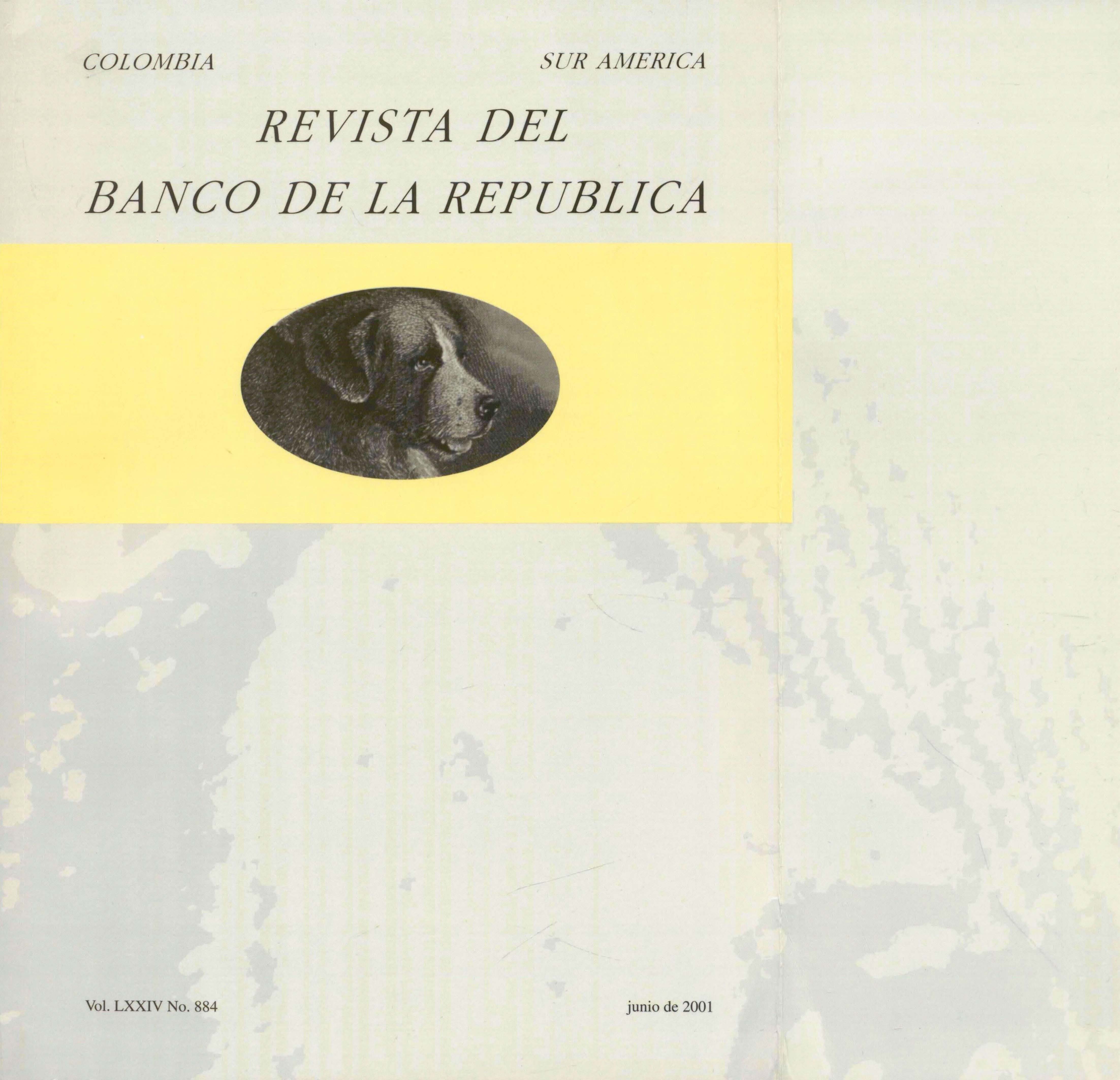¿Qué determina la productividad agrícola departamental en Colombia?
Resumen
En este trabajo se realiza un análisis de la producción y la productividad agrícola departamental de Colombia y su relación con la geografía física.
A partir de la utilización de variables geográficas como la precipitación, la evapotranspiración, la humedad del suelo, la disponibilidad de tierras para el uso agrícola y los índices de aptitud o idoneidad del suelo para fines agrícolas, se logra explicar más del 80% de la variabilidad en la productividacl agrícola de los departatnentos de Colombia.
Referencias bibliográficas
Banco Interamericano de Desarrollo (2000). Desarrollo: más allá de la economía. Informe de progreso económico y social de América Latina. Washington.
DANE (1997). Encuesta Nacional Agropecuaria. Bogotá.
Davis, Ronald, Weinstein, David (1998). “Economic Geography and Regional Production Structure: An Empirical Investigation”, Federal Reserve Bank of New York Staff Reports, No. 40. May.
FAO (1993). “Guidelines for Land-Use Planning”, FAO Development Series, No. 1, Rome.
FAO (1997). Land Quality Indicators and Their Use in Sustainable Agriculture and Rural Development, Rome.
Fisher, G., de Pauw, E., Van Velthuizen, H., Nachtergaele, F. and Antoine, J. (1995). “A Provisional World Climatic Resource Inventory Based on the Length-of-Growing-Period Concept”, paper presented at the Nasrec Conference, Netherlands, November.
Gallup, John, John L. (1998. “Agriculture Productivity and Geography”, Mimeo, HMD, January.
Gallup, John, Sachs, Jeffrey, and Mellinger, Andrew (1998).
“Geography and Economic Development”, Annual World Bank Conference on Development Economics, Washington.
Galvis, Luis A. y Meisel, Adolfo (2001). “El crecimiento económico de las ciudades colombianas y sus determinantes, 1973- 1998”, Coyuntura Económica, marzo.
Gavin, Michael and Haussman, Ricardo (1998). “Nature, Development and Distribution in Latin America. Evidence on the Role of Geography, Climate, and Natural Resources”, Office of the Chief Economist Working Paper, No. 378, Inter-American Development Bank, August.
Green, Gareth, and Sunding, David (1997). "Land Allocation, Soil Quality and the Demand for Irrigation Technology", Western Agricultural Economics Association, Selected Papers of the 1997 Annual Meeting, Nevada, July.
Guhl, Ernesto (1975). Colombia: bosquejo de su geografía tropical, Instituto Colombiano de Cultura, Bogotá.
IGAC, Atlas de Colombia, Bogotá, 1997.
Mellinger, Andrew, Sachs, Jeffrey, and Gallup, John (1999), "Climate, Water Navigability, and Economic Development", CID Working Paper. No. 24, September.
Pieri, Christian, Dumanski, Julian, Hamblin, Ann, and Young, Anthony (1995). “Land Quality Indicators”, World Bank Discussion Papers, No 315, Washington.
Rodda, J. C., Downing, R.A., and LAW, F. M. (1976). Systematic Hydrology, Newnes Butterworths, London.
Sachs, Jeffrey (1997). “Geography and Economic Transition”, Mimeo, HMD, November.
Sachs, Jeffrey and Warner, Andrew (1995). "Natural Resource Abundance and Economic Growth", NBER Working Paper, No. 5398, December.
Sanchez, Fabio y Núñez, Jairo (2000). "La geografía y el desarrollo económico en Colombia. Una aproximación municipal", Desarrollo y sociedad, No. 46, Bogotá.
Schmidt, Ronald H. (1989). “Natural Resources and Regional Growth”, Economic Review, Federal Reserve Bank of San Francisco, 0(4), Fall.
Solomou, Solomos and WU, Weike (1999). “Weather Effects on European Agricultural Output, 1850-1913”, European Review of Economic History, 3(3), December.







